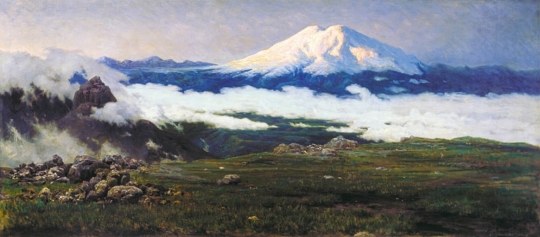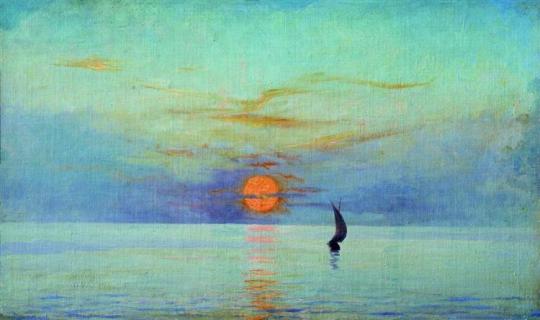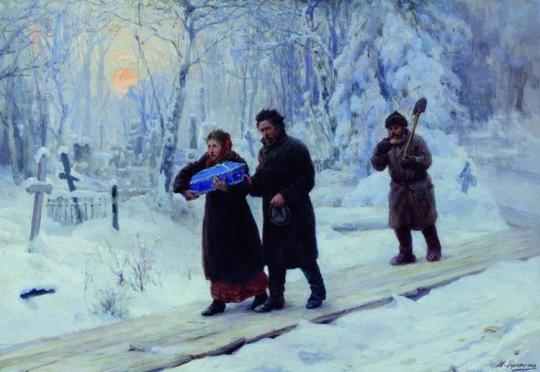#mykola yaroshenko
Explore tagged Tumblr posts
Text
Writing Notes: Psychological Reactions to Unfair Behavior

Things seem fair and just when we see that balances in rewards and costs are occurring.
But things seem unfair and unjust when rewards and costs are not balanced.
The preference for fairness has been proposed to be a basic human impulse (Tyler & Blader, 2000).
When we perceive unfairness, we also experience negative emotional responses in brain regions associated with reward and punishment (Tabibnia, Satpute, & Lieberman, 2008).
The experience of unfairness is associated with negative emotions, including anger and contempt.
Whereas fairness is associated with positive emotions.
Why Humans Believe in the Importance of Fairness
In part because if we did not, then we would be forced to accept the fact that life is unpredictable and that negative things can occur to us at any time.
Believing in fairness allows us to feel better because we can believe that we get what we deserve and deserve what we get (e.g., just world hypothesis).
These beliefs allow us to maintain control over our worlds.
To believe that those who work hard are not rewarded and that accidents happen to good people forces us to concede that we too are vulnerable.
A "Just World"
One way to create a “just world” is to reinterpret behaviors and outcomes so that the events seem to be fair and one way that people do this is by blaming the victim (Lerner, 1980).
Blaming the victim - means interpreting the negative outcomes that occur to others internally so that it seems that they deserved them.
When we see that bad things have happened to other people, we tend to blame the people for them, even if they are not at fault.
Examples:
We may believe that poor people deserve to be poor because they are lazy,
crime victims deserve to be victims because they were careless,
people with AIDS deserve their illness.
In fact, the more threatened we feel by an apparent unfairness, the greater is our need to protect ourselves from the dreadful implication that it could happen to us, and the more we disparage the victim.
Dehumanization
Infrahumanization - the tendency to see outgroups as less human or as having less humanity.
It refers to attitudes and beliefs.
Dehumanization - refers to behaviors that undermine the individuality, humanness and rights of others.
Denying humanity in others can lead to moral judgments.
Dehumanization may be a consequence, as well as a cause of harmful behavior against individuals deemed as immoral (Bastian, Laham, Wilson, Haslam, & Koval, 2010; Bastian et al., 2011).
Example: Someone who violates social, cultural, religious norms can be viewed as immoral, which can initiate sanctions (formal and informal) as well as violence.
Once an individual or group is found less human or immoral, treating them differently is seen as justified, ethical and natural.
For this reason, dehumanization is viewed as a central component to intergroup violence because frequently, groups or individuals who are considered immoral are treated unfairly.
Source ⚜ Writing Notes & References
#writing notes#psychology#writeblr#studyblr#writing reference#dark academia#spilled ink#literature#writers on tumblr#writing prompt#poetry#poets on tumblr#creative writing#light academia#writing inspiration#writing ideas#mykola yaroshenko#realism#crime fiction#writing resources
112 notes
·
View notes
Text












Paintings of Mykola Yaroshenko (1846-1898) - an artist who was born in Poltava, but because of military studies and military service, spent most of his life in the russian part of the empire. The artist bequeathed his artistic heritage to the city of Poltava, so a significant number of his paintings, sketches and drawings are kept in the Poltava Art Museum. Despite this fact, as well as despite the obviously Ukrainian surname and origin of the artist, Wikipedia, and many other resources, continue to label M. Yaroshenko as a Russian artist, what is not accurate.
Картини Миколи Ярошенко (1846-1898) – художника, який народився у Полтаві, проте через навчання військовій справі та військову службу, провів більшість свого життя на російській частині імперії. Свою мистецьку спадщину художник заповів місту Полтава тому значна кількість його картин, етюдів та малюнків зберігаються у Полтавському художньому музеї. Попри цей факт, а також попри явно українське прізвище та походження художника Вікіпедія, а з нею і багато інших ресурсів, продовжують позначати М. Ярошнко як російського художника, що не є достовірним.
#ukraine#art#culture#world culture#eastern europe#paintings#landscape#український tumblr#український тамблер#mykola yaroshenko#ukrainian artist
267 notes
·
View notes
Text

Beggars in Kyiv Pechersk Lavra (1879–1880). By Mykola Yaroshenko.
#ukrainian art#ukrainian history#19th century art#kyiv#ukraine#lavra#mykola yaroshenko#eastern europe#painting#art
46 notes
·
View notes
Photo


Girl Student by Mykola Yaroshenko, 1880
Student by Mykola Yaroshenko, 1881
265 notes
·
View notes
Text

Mykola Yaroshenko On the swing 1888
36 notes
·
View notes
Text

Funeral of Firstborn - Mykola Yaroshenko
7 notes
·
View notes
Text

"Life is everywhere" by Mykola Yaroshenko, 1888
178 notes
·
View notes
Text












UKRAINIAN PAINTERS
Taras Shevchenko - Kateryna Volodymyr Tatlin - Woman's Portrait Mykola Yaroshenko - Portrait of a Ukrainian Woman Kazymyr Malevich - Female Portrait Mykhailo Boychuk - Female Portrait Oleksandr Bogomazov - Portrait of the Daughter
#Taras Shevchenko#Volodymyr Tatlin#Kazymyr Malevich#Mykhailo Boychuk#Oleksandr Bogomazov#ukrainian#ukraine#ukrainian art#part two
25 notes
·
View notes
Text

Life is Everywhere, Mykola Yaroshenko; 1888
21 notes
·
View notes
Photo

2 notes
·
View notes
Photo

Mykola Yaroshenko, Eruption of a Volcano, 1898, oil on canvas.
3 notes
·
View notes
Photo

In The Warm Land • Mykola Yaroshenko, 1890
733 notes
·
View notes
Text

Yaroshenko Mykola (1846-1898)
VIDA EN TODAS PARTES
1888
Tamaño - 213,7 x 107,5
Material - lona
Técnica - óleo
Número de inventario - Inv.701
Adquirido por P. M. Tretyakov del autor. 1888
Frente a nosotros hay un carro de la prisión, y detrás de su ventana enrejada hay "criminales". Aquí hay un soldado, una campesina, un artesano y una madre joven con un niño. Uno tiene la impresión de que toda Rusia, jóvenes y viejos, representantes de todas sus clases, son colocados en un vagón aburrido y gastado y enviados a trabajos forzados.
Yaroshenko utilizó una técnica bastante original: eligió un lienzo en formato vertical, acercándose en altura a las dimensiones de un automóvil real, un fragmento del cual da un primer plano. El artista rechaza una perspectiva profunda y se detiene en una solución plana del espacio. En la 26ª exposición itinerante de 1888, donde se mostró la pintura por primera vez, se colocó en la pared del fondo de una sala alargada para realzar la impresión de una escena de la vida real arrebatada de la vida, de modo que A la audiencia le pareció que había un carruaje real en la plataforma real.
Información e imagen de la web de la Arte y colecciones de Bertel Thorvaldsen.
1 note
·
View note
Photo

On a Swing by Mykola Yaroshenko, 1889
75 notes
·
View notes
Text

Girl student - Mykola Yaroshenko
7 notes
·
View notes
